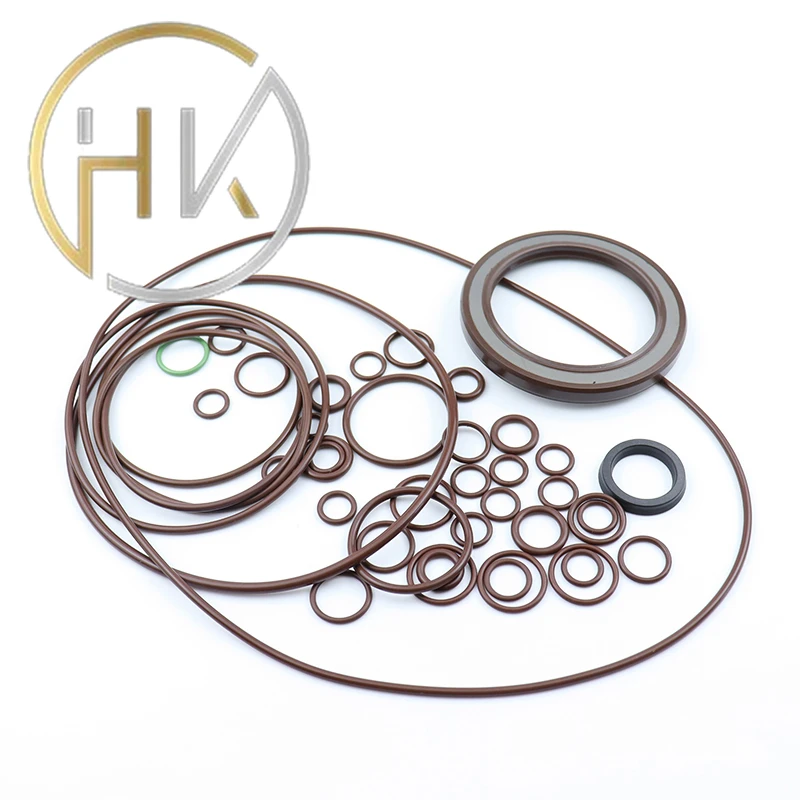វិច្ឆិកា . 01, 2024 06:05 Back to list
Understanding the Function and Importance of Oil Wiper Rings in Engine Performance
Understanding the Oil Wiper Ring An Essential Component in Engine Performance
In the intricate world of engine mechanics, one component that plays a pivotal role in maintaining optimal performance is the oil wiper ring. Often overlooked, the oil wiper ring is a crucial part of the piston assembly, contributing significantly to engine efficiency, longevity, and overall functionality.
An oil wiper ring, also known as a scraper ring, is designed to manage the amount of oil that enters the combustion chamber from the crankcase. Its primary purpose is to wipe excess oil off the piston, ensuring that only the necessary amount is used for lubrication. This process is vital, as too much oil in the combustion chamber can lead to increased emissions, reduced power output, and potential engine damage.
The construction of oil wiper rings typically involves high-strength materials capable of withstanding harsh conditions. They are usually made from cast iron or carbon-based composites, allowing them to endure the severe temperatures and pressures present in an engine. Additionally, many oil wiper rings are designed with specialized shapes or grooves that enhance their efficiency in scraping off excess oil from the piston skirt.
oil wiper ring

In most engine setups, the oil wiper ring is positioned below the last compression ring. This arrangement ensures that the wiper ring effectively removes any oil that may accumulate during the combustion cycle. The oil that is wiped off is then directed back into the crankcase, where it can be reused for lubrication. This recycling process not only enhances the engine's efficiency but also reduces the likelihood of oil leaks and related issues.
One of the most common problems associated with oil wiper rings is wear and tear over time. Continuous exposure to high temperatures and pressure can lead to degradation, which diminishes the ring's ability to perform its function adequately. When a wiper ring becomes worn or damaged, it may allow excessive oil to enter the combustion chamber. This can result in a range of engine issues, including increased oil consumption, bluish smoke from the exhaust, and even pre-ignition or knocking in severe cases.
To maintain optimal engine performance, regular inspections and timely replacements of the oil wiper rings are essential. Mechanics often advise checking the condition of these rings during routine maintenance or when the engine is disassembled for any reason. By ensuring that the oil wiper rings are in excellent shape, vehicle owners can prevent severe complications and promote a longer lifespan for their engines.
In conclusion, the oil wiper ring is a vital component that plays a significant role in engine performance. By regulating the amount of oil that enters the combustion chamber, it helps maintain efficiency and reduces harmful emissions. As engines evolve with newer technologies, the design and materials of oil wiper rings continue to improve, ensuring that they can meet the demands of modern engines. Understanding and maintaining the health of the oil wiper ring can ultimately lead to a more reliable and efficient engine, benefiting both performance and the environment. Regular upkeep of this unassuming yet crucial component will not only enhance the longevity of an engine but also provide peace of mind to its owners.
-
The Trans-formative Journey of Wheel Hub Oil Seals
NewsJun.06,2025
-
Graphene-Enhanced Oil Seals: Revolutionizing High-Pressure Oil Sealing
NewsJun.06,2025
-
Future of Hydraulic Sealing: Advanced Intelligent TCN Oil Seals
NewsJun.06,2025
-
Don’t Let a Broken TCV Oil Seal Ruin Your Day
NewsJun.06,2025
-
Bio-Inspired Dust Seals for Better Sealing Performance
NewsJun.06,2025
-
Biodegradable and Sustainable Hydraulic Seal Materials
NewsJun.06,2025
-
Top Oil Seal Solutions for Your Industrial Needs
NewsMay.22,2025
Products categories
















